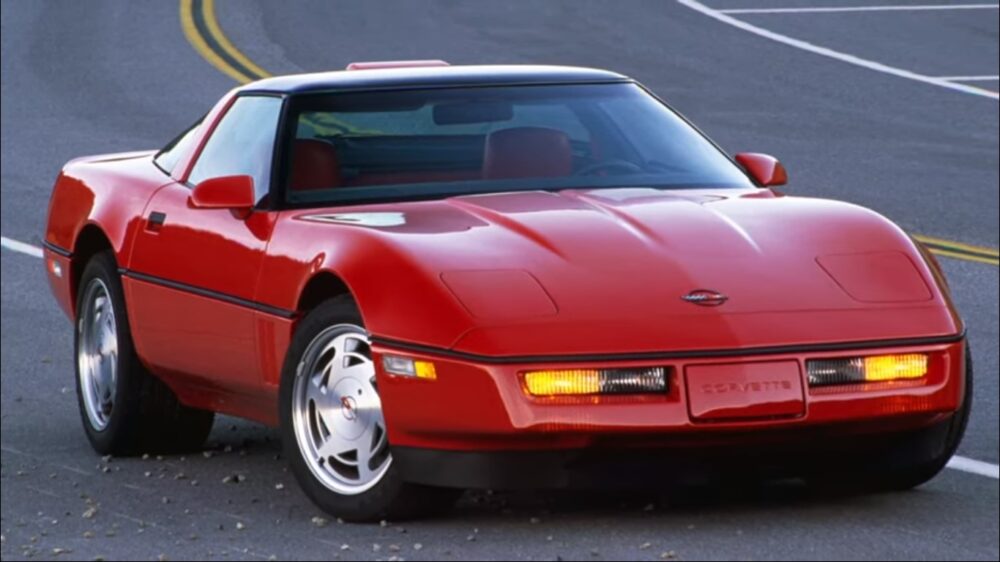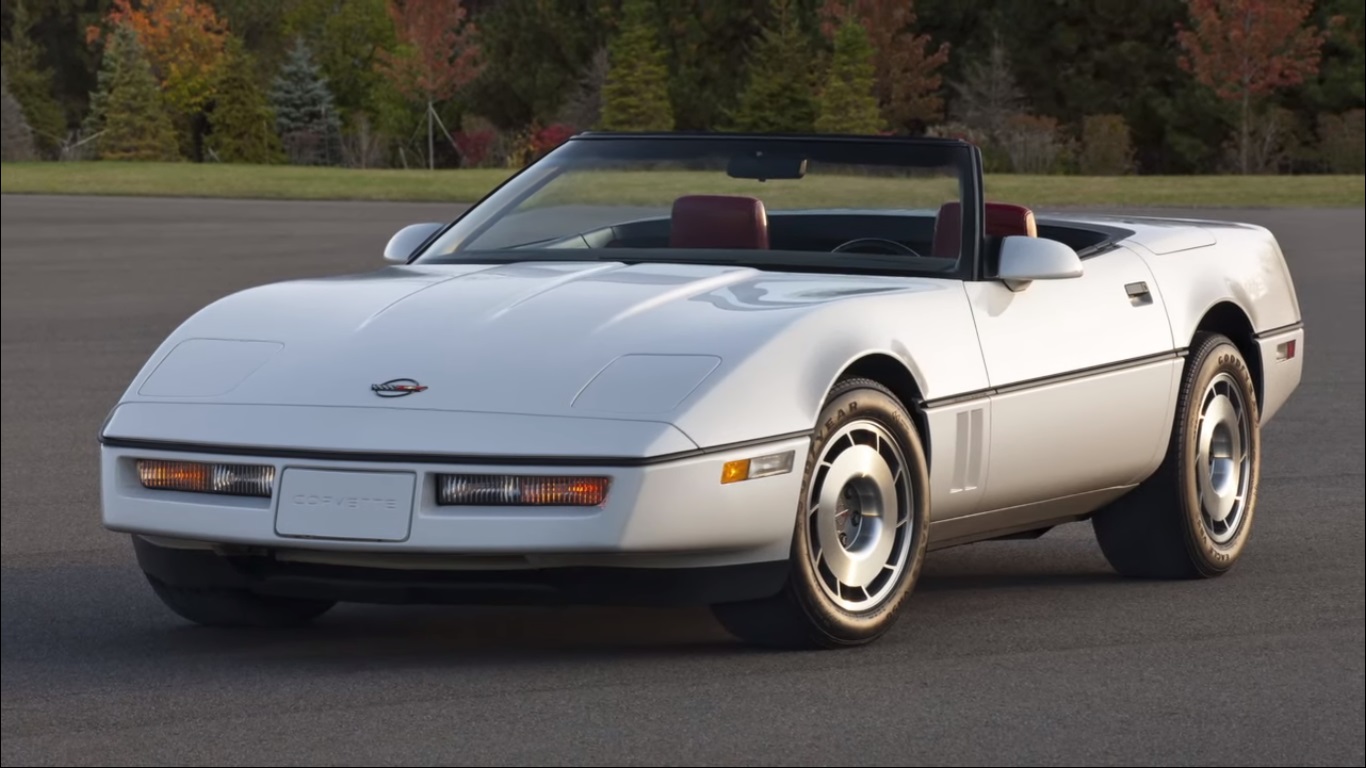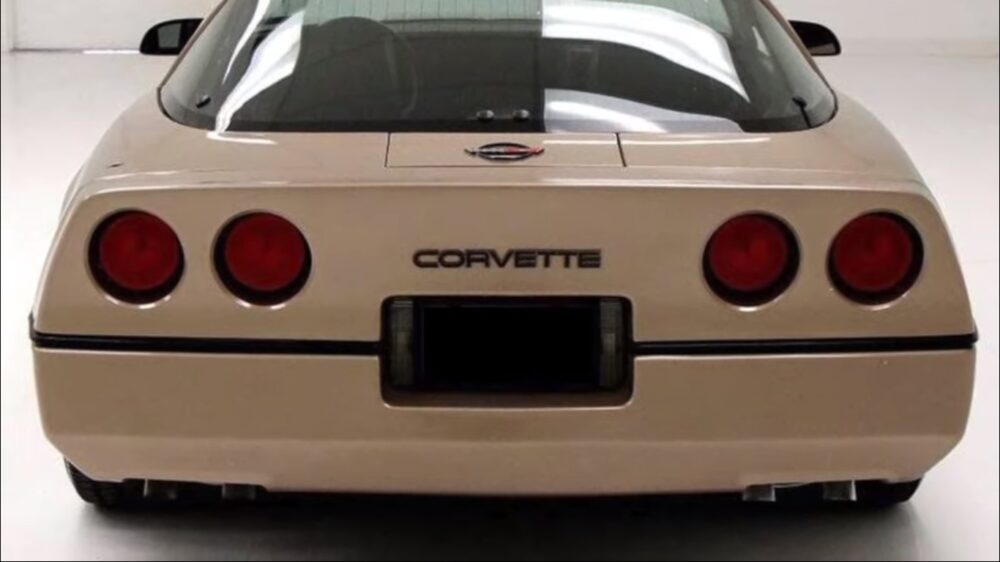The C4 is Historically Important for Corvette, Here’s Why
Get a 10 minute run down on everything you need to know about the 80’s icon, the C4 Corvette.
In this day and age, when everyone’s talking about the upcoming C8, it’s hard to understand just how important the C4 was. This YouTube video from OldCarMemories does a good job of putting the C4 in an appropriate historical context.
The C4 Corvette, when new, was one of the most hotly-anticipated new cars of all time. The outgoing C3 was getting quite long in the tooth, and, by the end of its 14 year run, performance was lacking. Due to delays, the C4 Corvette arrived in showroom in March of 1983, about six months late. As a result, there were no 1983 Corvettes. According to the video, “Auto journalists, buyers, and performance car fans were all in unison, declaring how wonderful the C4 Corvette was.” The new Corvette was a resounding success.

The 1984 Corvette performed much better than the 1982 model, with a top speed of 140 miles per hour. That was a respectable number in its day. The styling was a welcome change from the C3, bringing the C4 into the ’80s and beyond. The 1984 Corvette was more than just a pretty face that was fast in a straight line. The C4’s handling transformed it into a world-class sports car, finally capable of going head-to-head with the best Europe had to offer and coming out on top.
ALSO SEE: C7 Corvette Grand Sport: The Sweet Spot
Despite the fact that the 1984 Corvette used the same Crossfire-injected 5.7 liter V8 as the 1982 model, it was substantially faster due to its lighter weight, more aerodynamic body, and superior chassis. Tuned Port Injection (TPI) would arrive for 1985, resulting in a substantial power increase.

This engine would stick around until 1991. For the 1992 model year, the LT1 V8 found its way underneath the long, fiberglass hood, boasting an impressive 300 horsepower. The ultimate pushrod V8 option came in 1996, when the 330 horsepower LT4 found its way onto the options list.
Of course, the baddest engine to make its way into a C4 was the LT5, found in the legendary ZR-1 starting in 1990. Developed by Lotus and assembled by Mercury Marine, the aluminum LT5 boasted dual overhead camshafts and produced in excess of 400 horsepower before being discontinued in 1995. While fewer than 7,000 ZR-1s were produced, it made quite an impact. When it was released, the ZR-1 could reach 60 miles per hour in just 4.4 seconds, covering the quarter mile in 13.2 seconds at 110 miles per hour. Its top speed was around 180 miles per hour, putting it in line with the fastest supercars of the day. The massively wide rear tires fitted to the ZR-1 helped it to achieve an incredible 0.93 G on the skidpad, making this car an incredible all-around performer.
ALSO SEE: Sometimes You Need to Just Grab the Keys to Your Corvette and Drive
As our narrator explains, “These performance and handling figures easily beat those of the 1990 Lamborghini Countach, the 1990 Ferrari Testarossa, and 1990 Porsche 911, making the ZR-1 the king of the exotic sports cars.”

There was more to the Corvette than just performance. GM worked hard to make the interior a nice place to spend time, with gradual improvements to the already comfortable and supportive seats throughout the car’s entire run. While the once-futuristic digital dashboard originally seen on the 1984 model was eventually replaced with mostly analog gauges, one option stuck around longer than most. The Delco-Bose stereo was praised for its audio fidelity and remained a popular option throughout the car’s entire run.
As important as the C4 is to the Corvette’s overall history, they’re not expensive to buy and own. As the narrator explains, “Mint-condition C4 Corvettes are selling for bargain basement prices.” There’s never been a better time to own one, and with performance that is still impressive to this day, there’s no reason not to.
